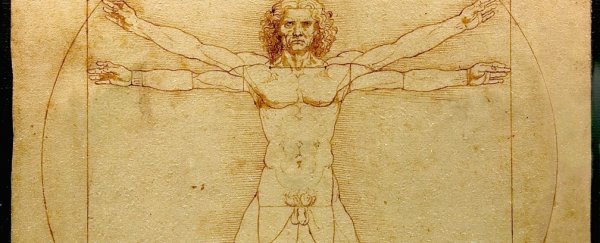Scientists have analysed the largest collection of human fossils on the planet, dating back 430,000 years, and have found that the human body went through four main stages of evolution before settling on the shape and size we see around us today.
The fossils were from the Sima de los Huesos site in northern Spain, and the humans located there are often referred to as Atapuerca humans. The researchers found that these ancient humans shared many anatomical features with the late Neanderthals, but not modern humans, and therefore represent the third stage of human body evolution.
"This is really interesting since it suggests that the evolutionary process in our genus is largely characterised by stasis (i.e. little to no evolutionary change) in body form for most of our evolutionary history," lead author Rolf Quam, an anthropologist from Binghamton University in the US, said in a press release.
The team's analysis of these fossils revealed that the Atapuerca individuals, who lived around 430,000 years ago, were relatively tall, with wide, muscular bodies and less brain mass relative to body mass than the Neanderthals.
Using this information, the researchers were able to hypothesise that there were four main stages that got the Homo genus to where it is today. The first stage occurred hundreds of thousands of years ago, when our hominid ancestors began to migrate out of Africa. The second stage was the evolution of Neanderthals, while the third stage brought about the Atapuerca humans, who finally evolved into our modern body shape.
Each of these stages can be characterised by the amount of walking on two legs versus living in trees the hominids participated in. By the third stage, there was no evidence of tree-dwelling in the human skeleton.
But despite the differences, the researchers explain that the Atapuerca humans likely shared the same wide and robust body forms as our ancestors Homo erectus and the Neanderthals, and that the body form was probably around in the Homo genus for more than a million years.
"It was not until the appearance of our own species, Homo sapiens, when a new taller, lighter and narrower body form emerged," the press release explains. "Thus, the authors suggest that the Atapuerca humans offer the best look at the general human body shape and size during the last million years before the advent of modern humans."
The results have been published in Proceedings of the National Academy of Sciences of the United States of America.
Here's looking at you, hominids.
